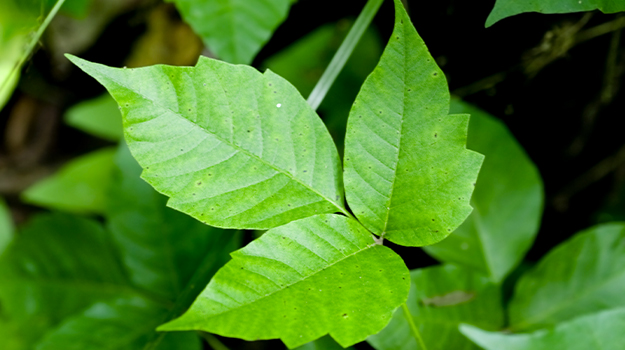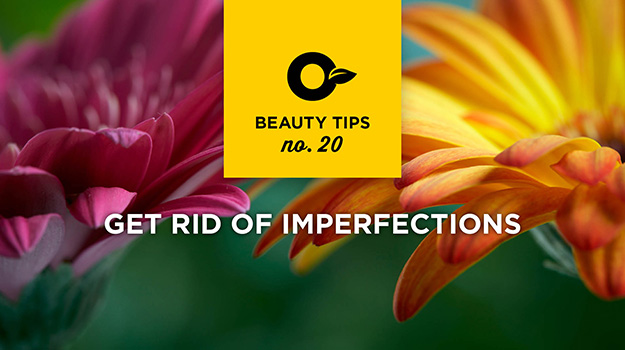
By Albert Mondor, horticulturist and biologist
Most people don't know what poison ivy looks like. If you think you may be confronted to a poison ivy problem, read the following tips before doing anything. They should make your fight a lot easier.
Poison ivy is a little rascal as it changes appearances, making its identification difficult. It is most often seen as a small bush but it can also adopt a creeping or climbing habit. Its green and glossy leaves are composed of three oval leaflets with a pointed end and slightly cut margins. In fact, its foliage closely resembles that of the Manitoba maple.
Poison ivy grows throughout North America. It can grow on sand dunes near the sea or in sandy soils on the edge of a forest. In our gardens, it sometimes grows at the base of cedar hedges. In this particular case, it is simply brought along with the cedars when they’re dug out from the fields where they grow.
How to get rid of poison ivy?
The best way to get rid of poison ivy is to pull it out. When you extract it from the ground, you can see this toxic plant has long rhizomes sometimes more than one meter in length. If you choose to remove poison ivy, put on a waterproof suit and thick, long rubber gloves. Throw the suit and gloves in the garbage when you're finished.
Poison ivy contains an oily substance called urushiol, which causes redness, swelling and blisters when the skin comes in contact with it. These symptoms usually appear 24 to 48 hours after contact and may persist for one to two weeks. Sometimes the symptoms appear several days – up to two weeks – after being in contact with poison ivy. Skin inflammation is due to the immune response of the human body to urushiol.
It is not possible to transmit dermatitis caused by poison ivy from one person to another by simply touching the wounds, except if the contact occurs a few minutes after being exposed to poison ivy, since the urushiol is still on the surface of the skin. A large number of animals and birds are completely insensitive to this plant because their immune system is different from ours. However, be careful because several cases of people getting infected by the fur of their pets have been reported. On the other hand, if your clothes or tools have touched the plant, it is best to throw them in the trash because the urushiol can last for a very long time on fabric and wood.
If you think you have been in contact with this plant, rapidly wash your skin with cold water, but don’t use soap. Cold water dilutes the sap and closes skin pores, which partially prevents urushiol from penetrating and reduces the severity of symptoms. If blisters appear on your skin, the best thing to do is avoid scratching, apply calamine lotion to soothe the inflamed area, and cover the whole thing with gauze. I have been affected by poison ivy myself and I can tell you that although it is unpleasant, it won't kill you.
Finally, DO NOT mistake poison ivy for ragweed, which causes respiratory allergies (sneezing, nasal congestion, itchy and watery eyes) in many Canadians. Although it affects hundreds of thousands of people each summer, it is surprising to see how ragweed remains little known and that very few people can identify it correctly.
But, unlike poison ivy, be aware that it is not dangerous to touch ragweed with bare hands. With a very variable height - some plants are as low as 20 cm in height, while others exceed 1 meter - this annual plant has finely cut pale green leaves. Its greenish yellow flowers appear in the summer and are gathered in clusters at the top of the stems.

